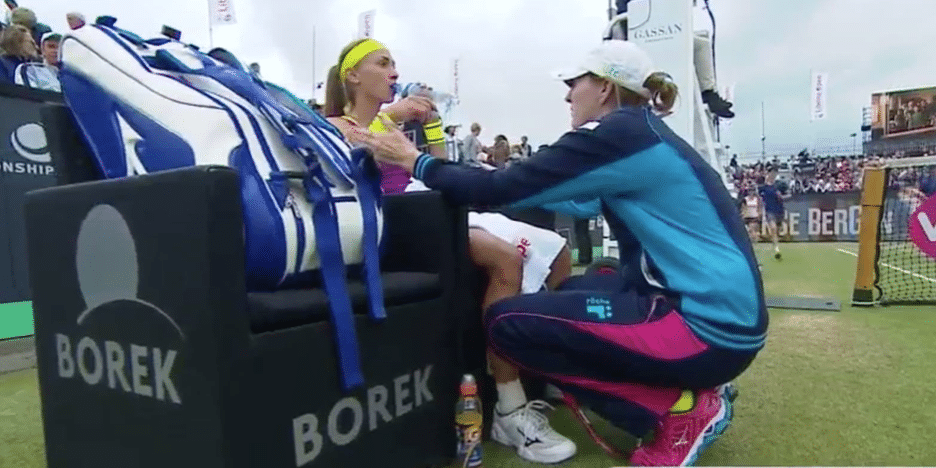Coaches love to fix things. Over the years, I have changed my approach to the way I go about improving a players game. As a young coach, I thought coaching was mainly about improving weaknesses, making sure there were no holes in my player’s game. For example, a weaker backhand meant we would spend most of our sessions ensuring that the side is strong enough to hold up under pressure. Eventually, the player’s backhand would better, but I found that too much time spent on a weakness meant that far too often, a player’s strengths were neglected.
It can take a long time to build a players confidence, and without it, wins are very hard to come by. Various systems work on a player’s strengths, and in my opinion, there is not one exact method that is the best. I like to spend a lot of the session working on how my players are actually going to win points.
There are so many great drills that coaches can do to develop players strengths further. I spend a lot of time observing other coaches both live and online, figuring out A. why they are doing what they are doing and B. how can I implement some of those ideas as a coach?
I remember watching Shahar Peer doing a fantastic drill to help the loading phase of the forehand. Like many of us, I could see how doing that drill with a few of my players could aid their development. However, I made one big mistake. I failed to make sure those players had the foundational strength to perform quite a physically demanding exercise. The result wasn’t pretty. The load was too much and contributed to one of the players sustaining a hip injury. Of course, it was not the only factor but looking back, I wish I had made sure the player had the strength to do what I asked them.
I’ve spent years in the business, gaining a great understanding of developing players strokes, but it took me a long time to realize how critical it was to make sure they have the proper off-court training to match the intensity of the drills.
My advice is to make sure you work closely with a strength and conditioning coach and have in-depth knowledge about your athlete’s physical capabilities. Secondly, spend enough time working on players’ strengths. After all, confidence is the key to success, and if we spend the majority of the time talking about a player’s weakness, they might forget about the best parts of their game, which can be very hard to get back!
So, you might be asking how do I combine these on-court tennis and off-court training foundation areas? CLICK HERE to check out a course I put together with Tennis Fitness; it will change the way you go about your coaching.
Cheers everyone!!!
Coach Sarah Stone

